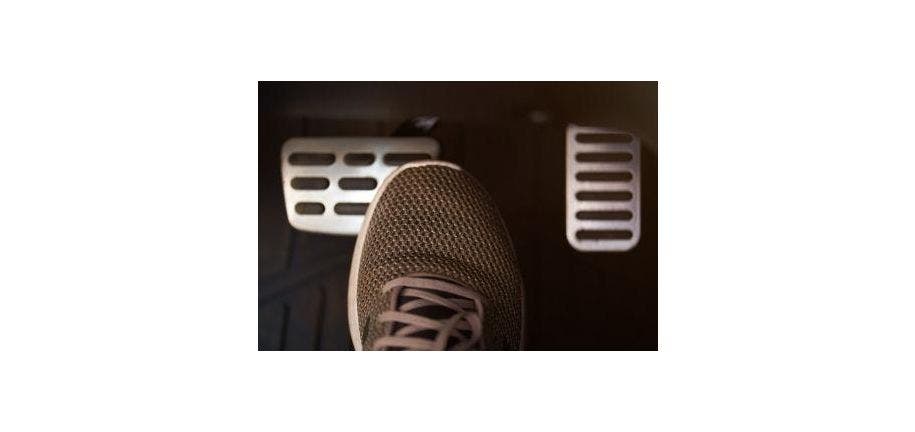Your car's brakes are responsible for bringing you to a safe and controlled stop, and the brake rotors play a vital role in this process. However, like any component, these rotors wear down over time, impacting their effectiveness and potentially compromising your safety. Understanding brake rotor thickness and its importance is crucial for maintaining optimal braking performance and preventing potential hazards.
The Role of Brake Rotors:
Brake rotors are the discs that rotate with your wheels and clamp against the brake pads to generate friction and slow down your vehicle. As you brake, the constant friction causes the rotors to wear thin over time. This thinning can lead to several issues:
- Reduced Braking Performance: Worn rotors have less surface area to generate friction, resulting in longer stopping distances and decreased braking effectiveness.
- Pulsation and Vibration: Uneven or excessive wear can cause the rotors to warp or become pulsating, leading to vibrations felt through the steering wheel and brake pedal.
- Noises: Worn rotors can produce grinding or squealing noises during braking, indicating the need for replacement.
- Increased Risk of Brake Failure: Severely worn rotors can lead to complete brake failure, posing a significant safety hazard.
Understanding Minimum Thickness:
Every brake rotor has a minimum thickness specified by the manufacturer. When the rotor wears down to this minimum thickness, it becomes unsafe and must be replaced. Ignoring this minimum thickness can lead to serious consequences.
Knowing the Symptoms:
Several symptoms can indicate worn brake rotors:
- Increased stopping distances: Your car takes longer than usual to come to a complete stop.
- Pulsating or vibrating brake pedal: You feel a pulsing or vibrating sensation when you press the brake pedal.
- Grinding or squealing noises: You hear grinding or squealing noises when you brake.
- Visible wear on the rotors: You can see grooves or ridges on the surface of the rotors when inspecting them.
Regular Inspections and Maintenance:
To ensure safe and effective braking, it's crucial to regularly inspect your brake rotors for wear and tear. Consult your car's maintenance schedule for recommended inspection intervals and have a qualified mechanic check your rotors whenever you experience any of the symptoms mentioned above.
Replacing Worn Rotors:
Once your brake rotors reach the minimum thickness or exhibit signs of excessive wear, they must be replaced to restore optimal braking performance and ensure your safety.
Finding the Right Rotors on PartsHawk:
PartsHawk offers a comprehensive selection of brake rotors for various vehicles, ensuring you find the perfect match for your car. Their user-friendly platform allows you to:
- Search for compatible rotors by entering your vehicle's make, model, and year.
- Compare prices and features of different rotors to find the best value for your money.
- Access detailed product descriptions and specifications to ensure you choose the right parts.
- Benefit from competitive pricing and timely delivery to get your car back on the road safely.
Brake rotor thickness is a crucial factor for safe and effective braking. By understanding its importance, recognizing the symptoms of worn rotors, and taking proactive measures for regular inspections and replacements, you can ensure optimal braking performance and safeguard your driving experience. Remember, PartsHawk is your trusted partner in finding the perfect brake rotors for your car, ensuring both safety and value starting at $43.34
































